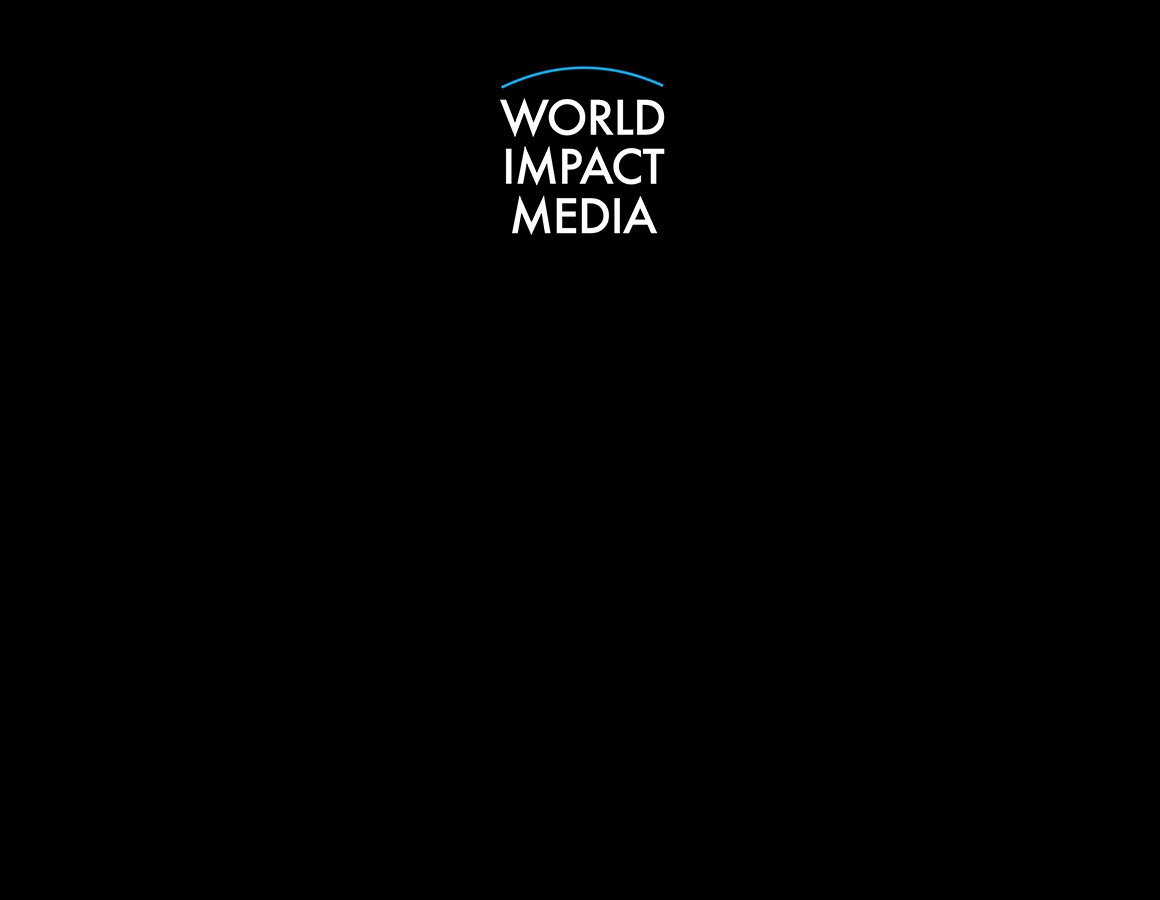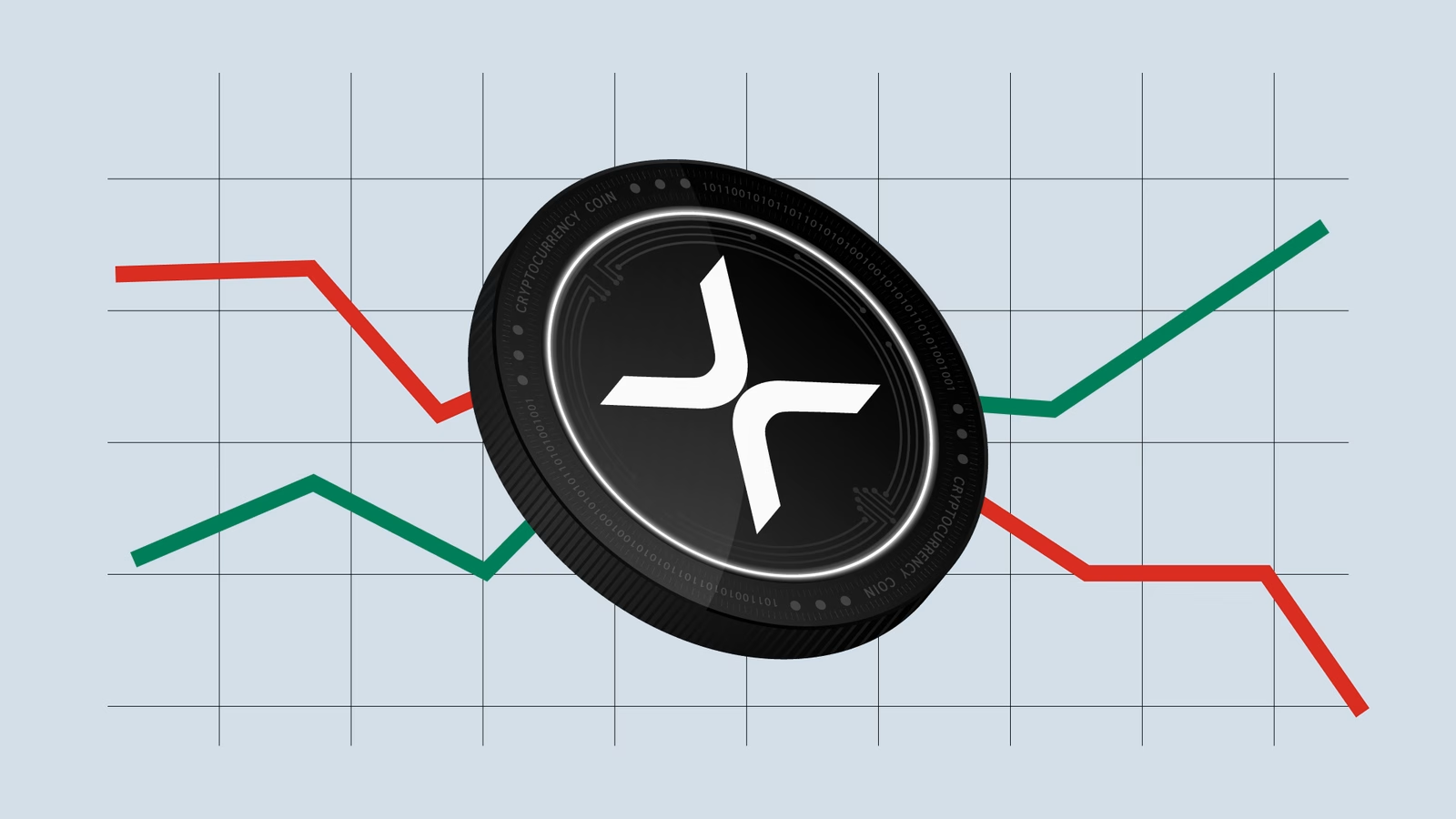In a world of economic volatility and rapid financial shifts, few headlines hit harder than this: $5 trillion is about to enter global markets. This staggering influx of capital is not a theory — it’s a convergence of real forces: institutional repositioning, deglobalization tailwinds, sovereign wealth strategy shifts, and trillions sitting in cash that’s finally being deployed.
Let’s unpack what’s driving this tidal wave of money — and what it means for the markets, investors, and the future of global finance.
The Sources of the $5 Trillion
1. Money Market Funds Reallocating
As of early 2025, over $6 trillion is sitting in U.S. money market funds — an all-time high. Investors, institutions, and corporations parked their cash amid high interest rates and uncertainty. But with rates expected to decline and inflation stabilizing, that cash is looking for yield again.
A conservative estimate suggests $1.5T to $2T could flow out of passive cash vehicles and back into equities, bonds, and alternatives over the next 12–18 months.
2. Sovereign Wealth and Pension Funds
Massive funds like Norway’s Oil Fund, the Saudi PIF, and Singapore’s GIC are increasing allocations toward global equities, AI tech, infrastructure, and green energy. These funds are sitting on multi-trillion-dollar reserves, and even a modest reallocation has market-moving consequences.
Estimates project up to $1 trillion of sovereign and institutional repositioning in 2025.
3. AI and Infrastructure Stimulus
Governments across the U.S., EU, India, and China are launching mega stimulus packages focused on AI, semiconductors, clean energy, and digital infrastructure. The U.S. alone is pumping hundreds of billions into AI defense, innovation hubs, and public-private partnerships.
Global infrastructure stimulus could exceed $1.5 trillion in direct and indirect investment over the next few years.
4. Private Wealth Surge
Thanks to generational wealth transfers, digital entrepreneurship, and record-breaking IPOs in sectors like biotech and AI, ultra-high-net-worth investors are reallocating capital aggressively. Family offices are shifting from real estate and bonds to venture, private equity, and disruptive public companies.
This trend could unlock another $500B–$1T in capital inflows.
Where Will the Money Go?
This isn’t just about money moving — it’s about where it’s going.
AI and Tech
Big money is chasing innovation. Expect huge inflows into:
- AI chipmakers (NVIDIA, AMD, startups)
- Cloud infrastructure
- Generative AI platforms
- Robotics and automation
Emerging Markets
With deglobalization and shifting trade routes, emerging economies like India, Brazil, Vietnam, and parts of Africa are positioned to benefit. Infrastructure, fintech, and telecom stocks in these regions are targets for large investors.
Green Energy and Climate Tech
Governments and ESG funds are doubling down on:
- Solar and wind
- Battery storage
- EV infrastructure
- Carbon markets
Carbon credits, in particular, may see a surge in demand as more corporates buy offsets to meet new emissions regulations.
Private Markets
Venture capital, private equity, and secondaries are back in play. Funds with dry powder are seeing better valuations in 2025, especially in healthcare, AI, and B2B SaaS.
What This Means for Investors
This capital inflow is not a guarantee of a bull market — but it does create momentum. Here’s how to position:
- Look where the big money is headed (AI, infrastructure, clean tech)
- Avoid stagnant sectors weighed down by regulation or lagging demand
- Watch interest rates — if they stay lower for longer, equities and risk assets benefit
- Get global — many gains will come outside traditional U.S. stocks
- Follow the flows — ETFs and institutional buying patterns tell the real story
Final Take: Don’t Sit on the Sidelines
$5 trillion is not a small wave — it’s a seismic shift in capital movement. While average investors may not move markets, they can ride the waves.
Smart positioning, awareness of macro trends, and exposure to the right sectors could make the difference between watching history and participating in it.















